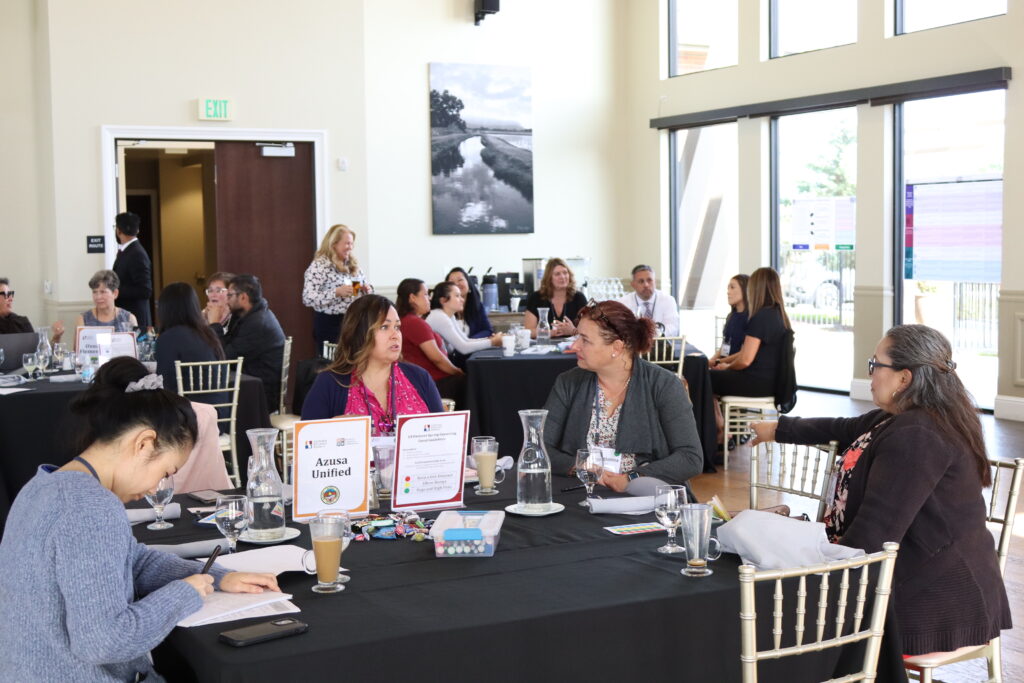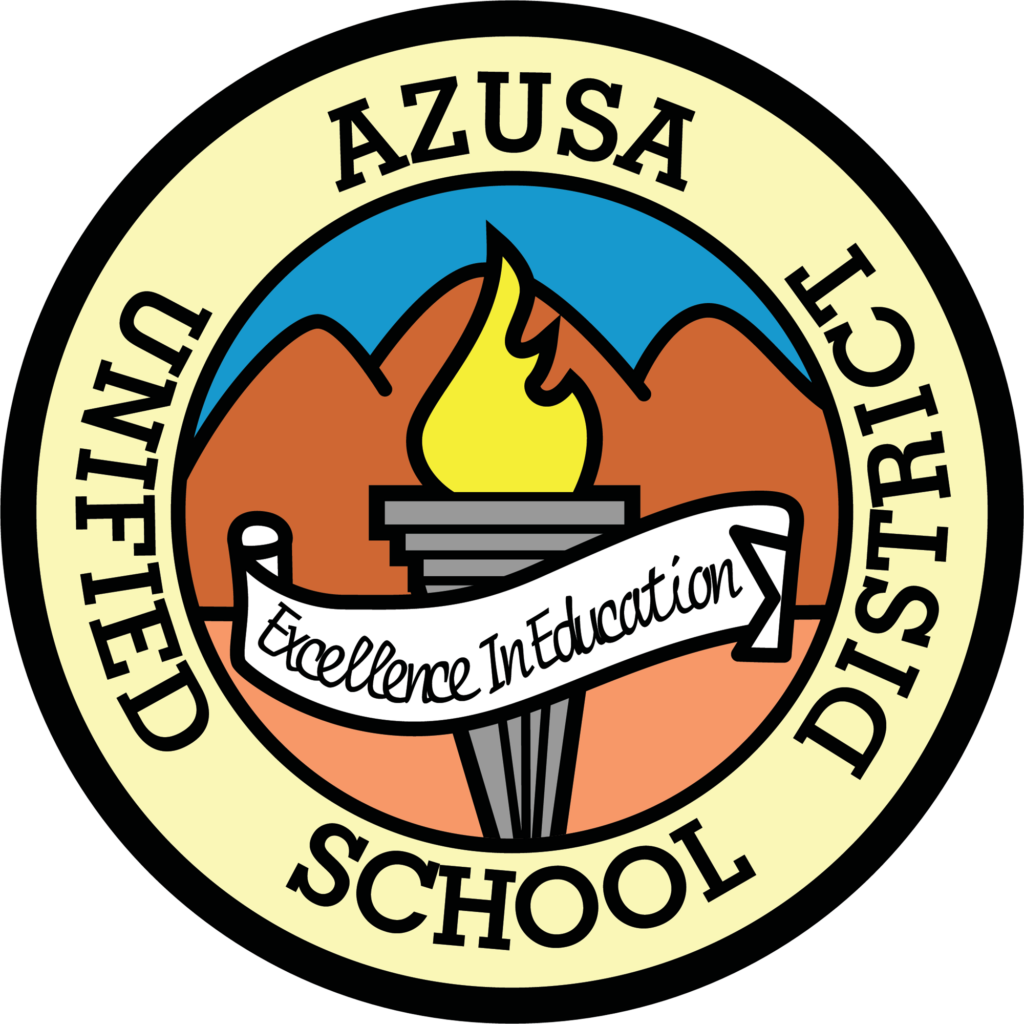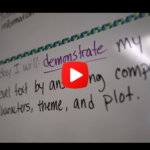

Alicia Vargas-Smith, a preschool and TK resource teacher at Longfellow School in Azusa Unified School District, saw firsthand how operating preschool and TK programs on elementary school campuses could create new and powerful opportunities for teacher collaboration–especially when it came to assessing students’ learning. It was critical, Alicia said, for the early elementary teachers to understand the preschool curriculum and instructional goals–and at the same time, for preschool teachers to know what the learning standards would be for their students once they reached first, second, and third grades.
“It was really important for them to sit and talk so they could see all the perspectives and expectations in the other grade levels. It provided a better understanding that allowed them to vertically align the work we’re doing,” Vargas-Smith said.
In Azusa, transitional kindergarten (TK) has played an important role in creating the connective tissue between the preschool and elementary years and ensuring a consistent learning journey for students. Beginning in 2016, Azusa saw an opportunity to use Local Control Accountability Plan (LCAP) funding to provide universal TK to all four year olds in their district years before California rolled it out statewide.
Arturo Ortega, Azusa superintendent, said that decision was a direct response to the community’s needs. “The research shows that when students have the opportunity to get a head start, they show up to kindergarten much more ready. When we think about these realities, TK was an incredible opportunity.”
Azusa determined that running their own preschools was the most effective way to ensure they could provide every student with a strong foundation for success. Bringing preschools on campus also allowed Azusa to build a more cohesive learning environment where teachers could collaborate across grades to make the most of the critical early learning years. “That collaboration creates an opportunity for students’ skills, knowledge, and preparedness to build on one another, year after year,” Vargas-Smith said.
Julie McGough, an elementary math instructional specialist, helped roll out new curriculum, data collection and assessment practices as part of Azusa’s push for greater early elementary coherence from preschool to third grade (P-3). Counting collections is just one of many new activities educators in Azusa have incorporated into their classrooms, and is a prime example of how greater coherence and collaboration is helping teachers identify and implement learning assessments that really work.
Counting collections offers a perfect example of how that alignment has shaped Azusa’s in-classroom approach. The district began piloting the counting collections assessment from preschool to second grade, giving teachers the chance to see how students grow year-over-year using a consistent activity. Initially, teachers asked students only grade level-specific questions. But when preschool and TK teacher leaders met with their first and second grade counterparts, they realized the structure of the assessment was limiting their data collection.
Together, teachers and administrators determined that a more open-ended test–one in which teachers observed students counting physical objects and asked questions about students’ thought process–offered them better data. It allowed them to see who was excelling and who was struggling, and it gave teachers a more precise sense of each student’s growth.
“Teachers knew their kids so well after doing this process,” McGough said. “These teachers could say, ‘Jose can count to 18, he was counting to seven previously, and he sometimes gets stuck on 14.’ Their knowledge of their students was really exciting.”
An emphasis on data is nothing new for Azusa staff. Deep engagement with assessment data is a core component of the district’s professional learning communities. For Ortega, the approach of collecting, examining, and–most importantly–acting on data drives a cycle of continuous improvement in Azusa. “When we talk about data, the most important question is: what are we going to do about this? We need a protocol to look at the data, and every protocol must include the answer to that question.”
Looking at the data from the first classrooms to pilot the new counting collections assessment, educators saw major growth–both in students’ skills and in teachers’ excitement. “It really moved teacher thinking,” McGough said. “One teacher said ‘I can’t wait to start in the fall what we did this spring. And that excitement has been really contagious.”
After “starting small to go big,” Azusa now plans to roll the assessment out across the district over the next two school years. Ortega says this will give them even more data to dig into and examine, and ultimately identify ways to improve.
“This is now a new opportunity for Azusa to push itself and tackle the next equity question or the next improvement question.”
